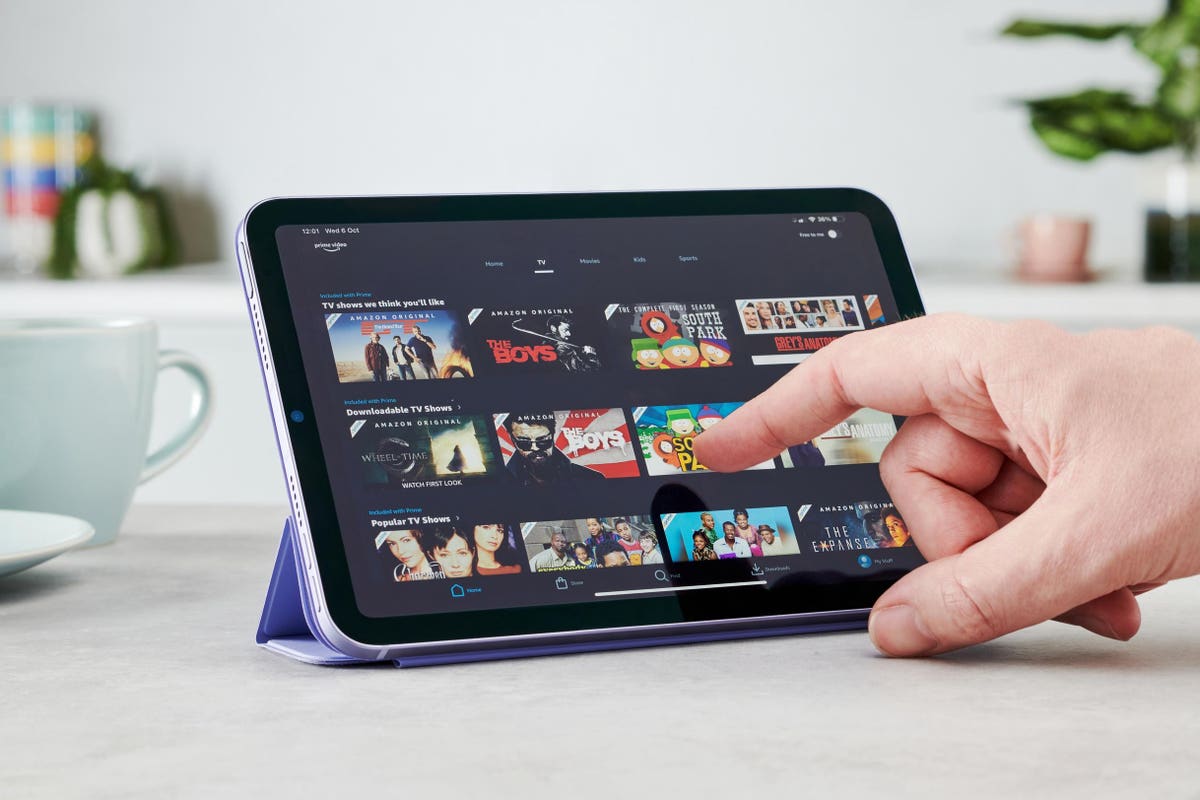With the evolution of the media and entertainment landscape, advertising transformed from being a cornerstone of the radio and television business model to a perceived inconvenience. Once upon a time, as brands recognized the potential for reaching vast audiences through these audio and visual media, an era of memorable jingles and iconic commercials grew up around that content. Then, in a post-TiVo world, things seemed to change altogether. And the rise of streaming services promised that we might, in fact, be done with commercials. Now, in a twist—advertising is making a compelling comeback… specifically in the streaming industry. Three companies with very different pedigrees—Peacock, Hulu and Netflix
NFLX
Peacock
NBC built its business model on commercials. So, it may have been jarring to media-savvy folks when it first announced that it was launching a streaming service. However, Peacock has proven that “streaming” is no longer synonymous with ad-free, nor is “subscription”; here’s a breakdown of their plans and how advertising plays into them: for no cost, viewers can watch the free tier of Peacock, which offers limited titles supported by brief ad breaks in the streaming content. For $4.99 per month, viewers get Peacock Premium, which gives unlimited access to content and, like the free tier, includes ads. For $9.99 per month, viewers can have a Peacock Premium Plus subscription, which again gives them unlimited access to content, and now viewers don’t have to watch any ads. Whereas viewers used to pay nothing to watch content with ads, now, for the convenience of watching them anywhere anytime, they pay to watch with ads, and some will pay even more to watch without.
Hulu
When Hulu came on the scene in 2007, the streaming service seemed too good to be true. It was free and let viewers watch recently aired episodes of TV shows, encumbered only by a few brief interruptions. The platform seemed like a win-win: it kept users from seeking out pirated content and still generated some revenue. Then, after three years, it reduced its free offerings and added a subscription tier that, for a fee, let people watch in-demand shows, like Seinfeld and The Mindy Project. Now, there are no longer free offerings. Currently, Hulu’s ad-supported plan costs $7.99 and gives viewers access to their ad-supported streaming library. For $14.99/month, viewers can watch most of those same shows and movies without the ad breaks. Note that the Hulu (No Ads) tier does exclude a few shows that play with ads before and after the video; at present the one listed show is Grey’s Anatomy. The free model was enough to get people to come and the offerings have been sufficient to entice them to pay, even for commercials.
Netflix
While Netflix started as a DVD-by-mail service, in 2019, Netflix said in a letter to shareholders “we… are advertising free,” and added that being commercial-free is a “deep part of our brand proposition.” However deep it may be, it is no longer synonymous with Netflix. Even though most subscribers wouldn’t have noticed a change unless they switched plans, the company’s launch of Netflix with ads was one of the most significant moments in the company’s 25-year history. The “Standard with ads” tier, currently $6.99/month, gives viewers most of what was available with Netflix’s Basic plan. However, the “Standard with ads” option includes an average of four to five minutes of commercials per hour. Those ads will be 15 or 30 seconds in length and will play before and during TV series and movies.
This ad-inclusive plan allows Netflix subscribers to cut their costs by 20-40% in exchange for a few more interruptions. The value proposition is connected to what Accenture research found: 63% of consumers agree that it’s too expensive to pay for all the entertainment subscriptions they want. If that’s the case, they’d have to keep some and cancel some. But with its ad tier, Netflix has given consumers a new middle-ground option that might just entice them to stay.
The Ad Evolution
Examining the evolution of advertising in the media industry, we find that it has come full circle—shifting from a necessity to a nostalgic remnant of the past and, finally, to a desirable and sustainable revenue stream. The case studies of Peacock, Hulu and Netflix exemplify how advertising has made a resilient comeback in the era of streaming services. Media companies seem to have found a middle ground between network and cable. Whereas cable subscribers were offered one price and guaranteed no commercials, now viewers have more options, in which theoretically they could pay less than cable and still have an ad-free experience. At the same time, still alive and well is the basic cable concept of paying for the “channels”—and now services—that have the content viewers want.
The biggest evolution seems to be that companies have figured out how to get viewers to pay for commercials, a media fixture that was previously synonymous with providing free content. In conclusion, by striking a balance between user experience and advertising revenue and ensuring the continued availability of engaging and high-quality content, media companies can thrive in this rapidly changing landscape. It is evident that advertising has evolved from an “ad-on” to a powerful and integrated force shaping the future of entertainment.
Read the full article here





